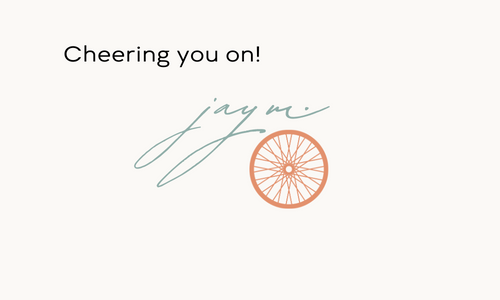
A few years ago, my husband and I attended the show of a Led Zepplin tribute band. The show was held in a small theater with tiny seats and a lot of people in attendance. I was onboard for the whole experience until the music started. It was loud, there were lots of flashing lights, and it felt like everything was attacking my senses all at once.
Needless to say, I took myself across the street to a neighborhood bar to enjoy a few libations and an NBA game on TV until the concert was over.
What does my experience have to do with social media? More than a little bit, actually. You see, in my concert experience, I was completely overwhelmed, and in being so overwhelmed, I didn’t appreciate the music the band was playing or the effort that went into the stage show or even my husband’s pure enjoyment of the event.
And this same feeling of being overwhelmed can be the experience of your audience when you try to put too much into your social media posts. It’s commonly referred to as “infodumping,” and it can turn someone away faster than a bad version of Stairway to Heaven.
So, what is infodumping?
Infodumping, also known as “data dumping” or “content overload,” occurs when someone shares an excessive amount of information in a single social media post. This can range from long paragraphs of text to an overwhelming number of images, videos, or links. Information dumping often results in posts that are cluttered and difficult to digest – they can even turn someone off from your business entirely.
Info dumping can cause your audience to scroll right past your post because they feel completely overwhelmed trying to make sense of everything. No sharing, no commenting, no engagement. And that super important message you’re certain they should read? They’ve gone right by it because trying to dig through all the noise just takes too long.
How do you avoid info dumping? After all, you have a lot to share with your audience and you want them to know the details.
Focus on quality over quantity
Instead of sharing a large volume of information in one post, prioritize sharing high-quality, relevant content. Consider your post similar to a 30-second elevator pitch. Your audience has a finite amount of attention to give you – use it wisely and get your most important message in front of them right away.
Use visuals tactically
One way to attract attention to your post and help convey some of your messaging without overloading your post with text is to incorporate images, videos, or infographics. Visual content can be more engaging than text alone, but you want to be careful not to overload your audience with too many visuals in a single post. (Dr. Rick’s Progressive ads have a great example of too much being too much when he talks about the “Fun Dinner at Pam’s” social media post.)
More might be better
If you have a lot of information to share, consider breaking it into a series of posts. This keeps your audience engaged over time and allows you to dive deeper into specific topics. Instagram has a great “carousel” feature and Facebook lets you organize your images into different display layouts – you can use both these features to highlight the prioritization of your information.
Utilize your website
Your website (if you have one) is a great place to host information for your audience in a longer format. Using a social media post to direct people to a webpage that has all of the details is a great way to engage with your audience and not overwhelm them in their social media feed.
Be clear
The best bang for your buck is to craft concise, clear, and well-structured posts. Using headlines, bullet points, and short paragraphs can improve readability and increases the likelihood of your audience engaging with your post.
By focusing on quality content, visual appeal, and concise messaging, you can create engaging posts that resonate with your audience and convey your message more effectively. Remember, in the world of social media, less can often be more, leading to more meaningful interactions and a more positive and professional online presence.
If you have questions about how to avoid infodumping in your posts or how build more effective social media content, drop me a note. I’d love to talk!
